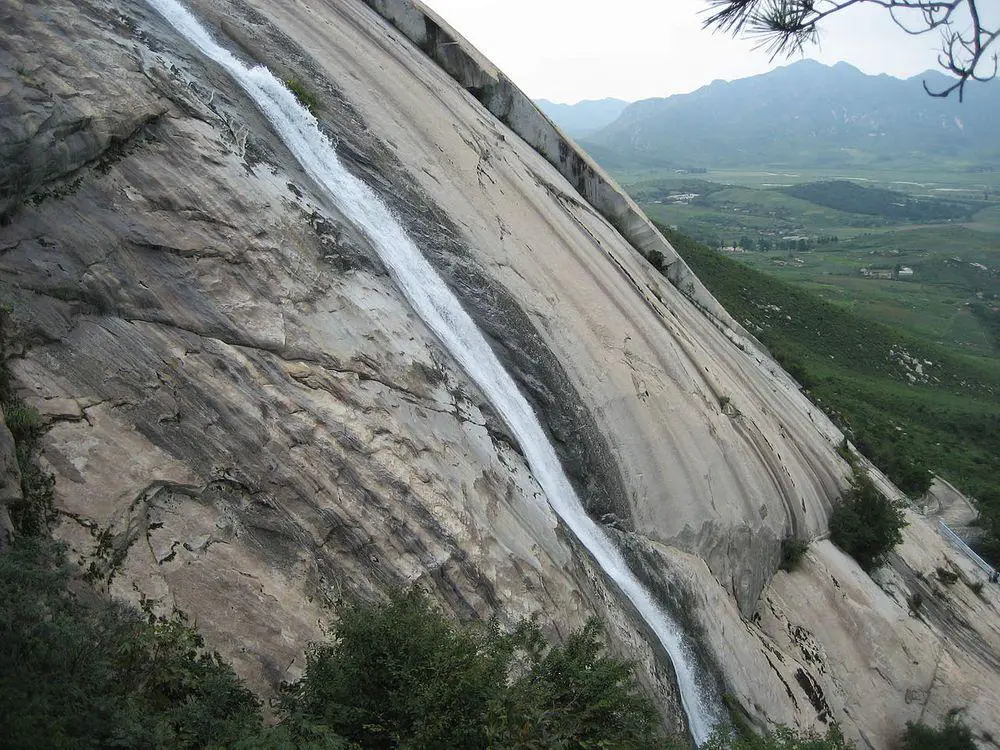

The area known as Sokdamgugok, located in Haeju, the capital of South Hwanghae Province in North Korea, has not been traditionally prominent on the global tourism map due to the reclusive nature of the country. Historically, North Korea has controlled tourism tightly, with designated state guides accompanying tourists to pre-approved locations, thus offering a very curated view of the country.
The emergence of Sokdamgugok as a tourist destination is a relatively recent development, compared to its long history. Given North Korea's isolationist policies, tourism in the country has been primarily focused on showcasing monumental socialist architecture, historical sites related to the Kim family and revolutionary history, as well as specific natural wonders.
In recent years, the North Korean government has made efforts to promote tourism to boost its economy. Sokdamgugok, with its scenic mountainous landscapes and waterfalls, is part of this new wave of tourist attractions promoted by the state. Despite the push, information about the region remains scant due to tight control over media and tourism.
With growing interest globally in sustainable and eco-tourism, North Korea has been attempting to tap into this trend. Sokdamgugok's natural environment, with its unspoiled scenery, is seen as a potential draw for those looking for destinations untouched by mass tourism. However, any exploration of the area is restrictively controlled and managed by the North Korean government.
Recently, there have been reports of infrastructure development in Haeju and its surrounding regions to facilitate tourism. Although foreign visitors are still a rare sight in Sokdamgugok, this points to a slow opening and a future where the area could become more accessible to tourists, albeit under stringent regulations.
Future tourism trends are difficult to predict due to the enigmatic policies of the North Korean government. However, should the borders become more open, there could be an influx of tourists interested in the "Hermit Kingdom." In such a scenario, areas like Sokdamgugok might become part of a more diversified North Korean tourism experience that extends beyond the capital city of Pyongyang and the DMZ.
For now, any tourism in Sokdamgugok is minimal and highly controlled, serving as a potential yet unexplored gem in North Korea's natural landscape offerings.